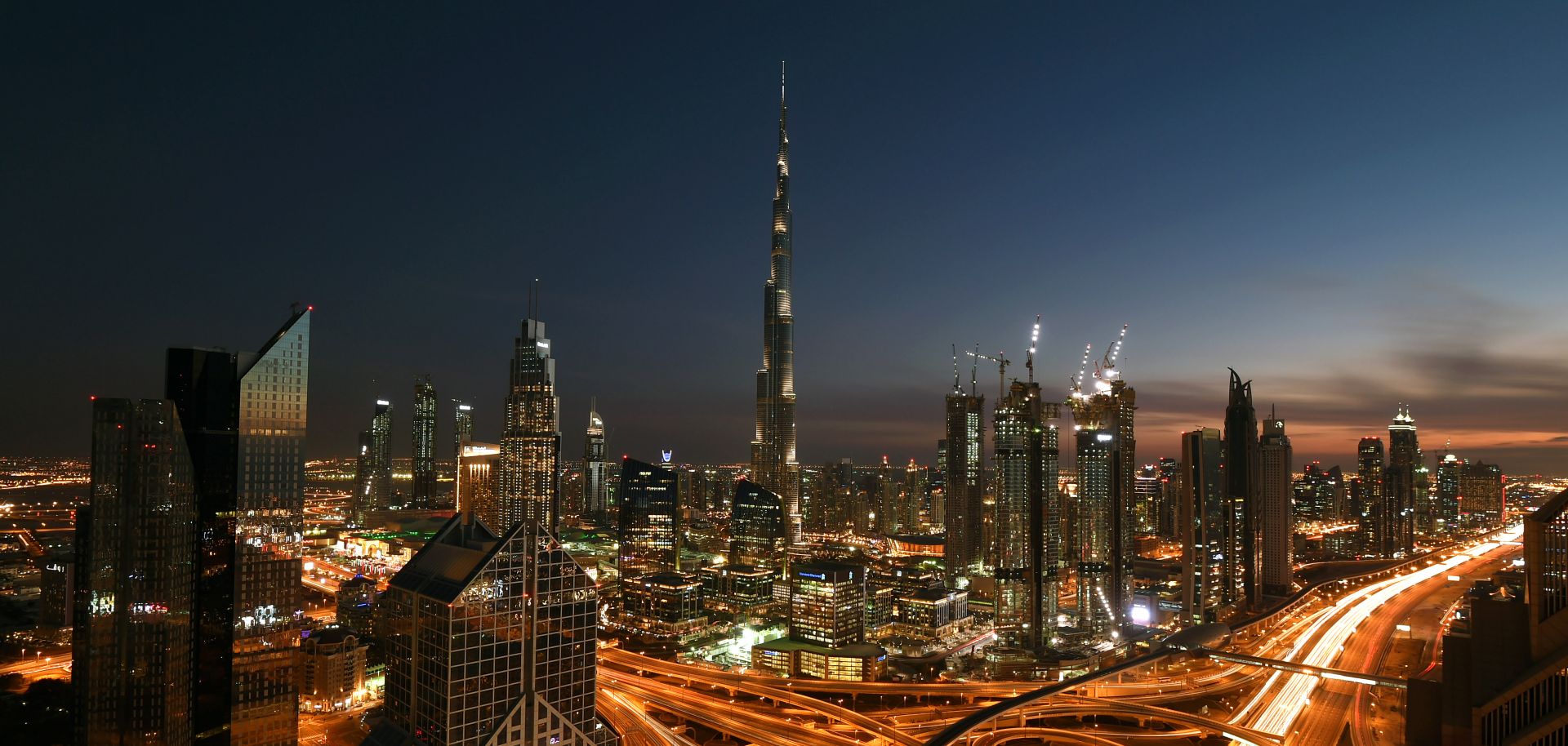Mohamed Alabbar, the chairman of Dubai real estate developer Emaar Properties, approached Emirati Sheikh Mohammed bin Rashid al-Maktoum in the early 2000s with an ambitious plan. He dreamed of building a massive tower that, at 90 stories, would have been one of the tallest in the region. But the sheikh believed the proposal didn't aim high enough, so the company revised it, adding an extra 73 stories to the soaring structure.
Thus the iconic Burj Khalifa came to be the tallest building in the world. Thanks in part to the grandeur of the tower and others like it, the world began to think of Dubai and its impressive skyline as the international hub of the Middle East. Yet despite its renown, the tower -- along with many of the buildings nearby -- stands mostly empty. Whether skyscrapers like the Burj Khalifa are truly a success, then, seems to be a matter...


